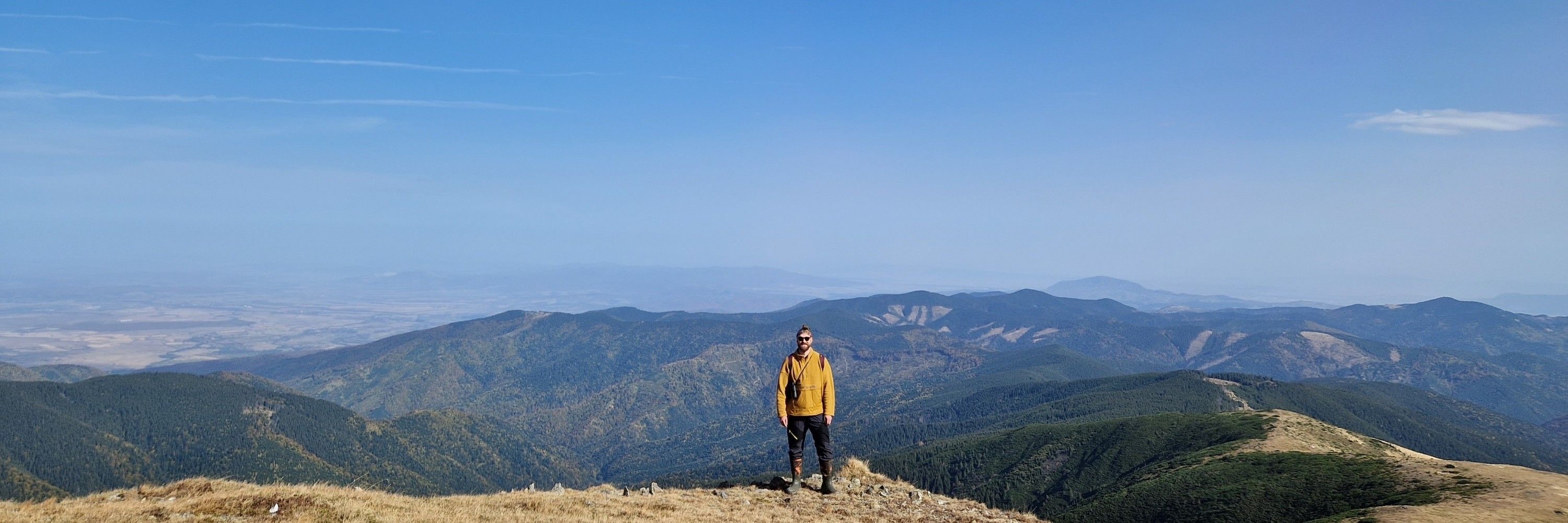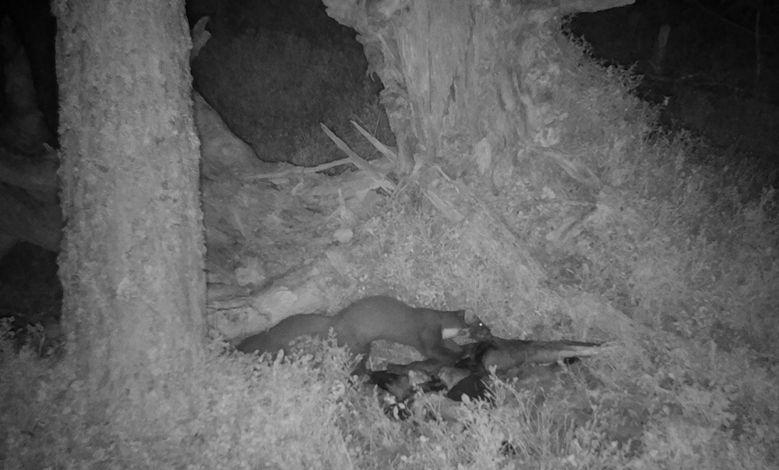
Many land managers across the current cappercaillie range in Scotland are now deploying diversionary feeding for predator management.

Many land managers across the current cappercaillie range in Scotland are now deploying diversionary feeding for predator management.

We found that diversionary feeding is a suitable impact based tool to reduce conflicts between recovering predators (pine marten) and endangered ground nesting birds (cappercaillie) in Scottish Forests.
🧪🌍🦤🍁

We found that diversionary feeding is a suitable impact based tool to reduce conflicts between recovering predators (pine marten) and endangered ground nesting birds (cappercaillie) in Scottish Forests.
🧪🌍🦤🍁
Out today in the royal society proceedings B. We find that diversionary feeding boosts productivity of cappercaille from 0.82 to 1.90. Indicating that this impact based method can effectively reduce the influence of predation.
Read all about it here: shorturl.at/QRb76

Out today in the royal society proceedings B. We find that diversionary feeding boosts productivity of cappercaille from 0.82 to 1.90. Indicating that this impact based method can effectively reduce the influence of predation.
Read all about it here: shorturl.at/QRb76
Read the full paper here: www.biorxiv.org/content/10.1... 7/7
Read the full paper here: www.biorxiv.org/content/10.1... 7/7




We quantified the direct impact of diversionary feeding on capercaillie productivity. We show an increase in the proportion of hen with a brood in DF sites (37% -> 85%) and, as a result, a 131% increase in chicks per hen. Read more here: www.researchgate.net/publication/...
1/7

We quantified the direct impact of diversionary feeding on capercaillie productivity. We show an increase in the proportion of hen with a brood in DF sites (37% -> 85%) and, as a result, a 131% increase in chicks per hen. Read more here: www.researchgate.net/publication/...
1/7

